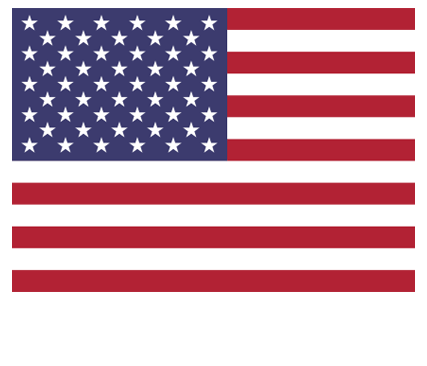Thermoforming is a manufacturing process in which a plastic sheet is heated to its specific pliable forming temperature—this can vary from plastic to plastic—then formed to a precise shape in a mold. To finish, it is trimmed to make a usable plastic product. The plastic sheet—also known as a “film” when referring to thinner gauges and particular material types—is heated to a temperature hot enough to allow it to be stretched into or across a mold before being cooled to its final form. A basic form of thermoforming is known as vacuum forming.
In its most rudimentary form, a small machine heats small plastic sheets and uses a vacuum to stretch them over the product mold. You’ll find this themoforming process frequently used in prototyping. In more involved applications, large production machines employ an assembly-line like process to quickly heat plastic sheets and trim the final parts. Depending upon the part being produced, this process can turn out thousands of finished items each hour.
Thermoforming is distinct from other forms of plastic molding, such as blow molding, injection molding, and rotational molding. Thin-gauge thermoforming is primarily used in the manufacture of clamshells, disposable cups, lids, and the like. Thick-gauge thermoforming, like the kind we do at Spencer Industries, is used in a wide variety of industries in products as disparate as refrigerator door liners, vehicle interior panels and fender flares, medical carts.
At Spencer Industries, we also recycle. Scrap plastic from a product run is collected and turned back into extruded sheet and used in subsequent product runs when possible.
To learn more about our thermoforming processes and how they can benefit your organization, give us a call at 1-800-467-4561 today!


